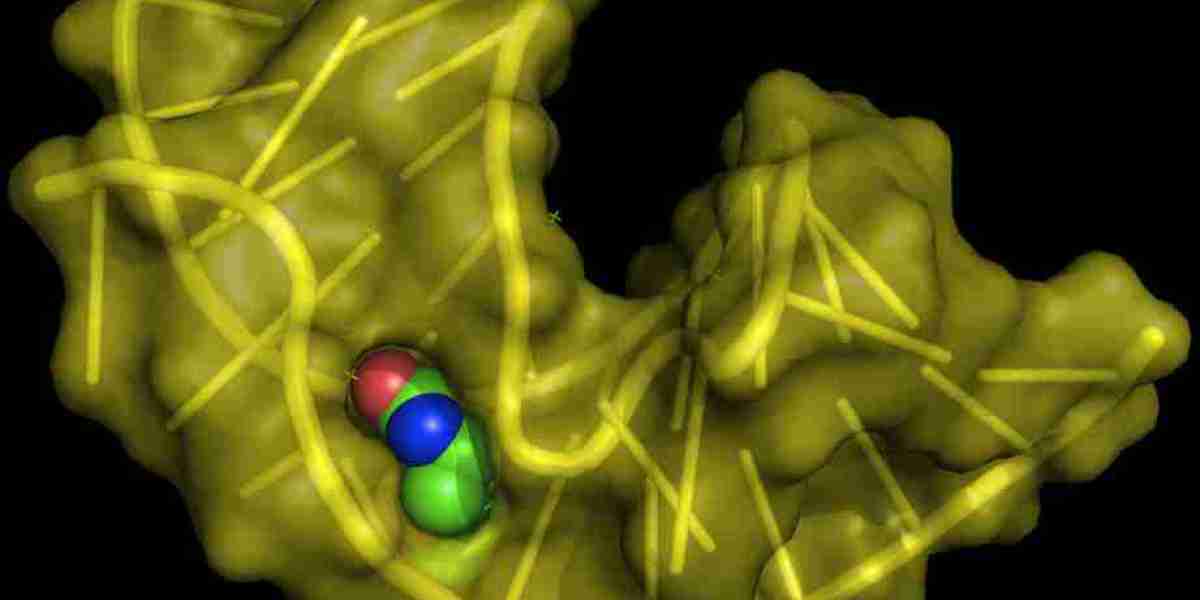The aptamer market is on the verge of a significant breakthrough, driven by innovations in molecular biology and growing demand in healthcare. Aptamers are short, single-stranded nucleic acids—either DNA or RNA—that can bind to specific targets such as proteins, peptides, small molecules, and even entire cells with high precision. Their versatility and efficiency in diagnostics, therapeutics, and research applications make them an attractive alternative to antibodies, propelling their increasing adoption across various industries.
Technological Advancements Fueling Market Expansion
The rapid pace of scientific advancement is one of the primary factors driving the growth of the aptamer market. With advancements in aptamer selection techniques like Systematic Evolution of Ligands by Exponential Enrichment (SELEX), scientists are now able to identify aptamers with greater specificity and affinity. SELEX, the cornerstone of aptamer research, allows for the high-throughput screening of aptamers that can bind to nearly any target, from small molecules to large proteins. These advancements have expanded the range of targets that can be addressed by aptamers, making them applicable to a variety of disease areas, including cancer, autoimmune disorders, and cardiovascular diseases.
The development of modified aptamers, such as those with enhanced stability or the ability to penetrate cells, has widened their scope of therapeutic use. In diagnostics, aptamers are emerging as an alternative to traditional antibodies in assays, enabling faster and more cost-effective testing. The increased demand for precision diagnostics and personalized medicine further supports the adoption of aptamers as a key tool in the medical field.
Rising Demand in Biotechnology and Pharmaceuticals
The biotechnology and pharmaceutical industries are key players in the growing aptamer market. As research into targeted therapies gains traction, aptamers are increasingly being considered for drug delivery and diagnostic purposes. Unlike antibodies, aptamers can be synthesized chemically, making them more cost-effective and versatile. Their small size and ability to be modified with ease give them significant advantages in terms of delivery and binding specificity. This has led to their integration into a wide range of biotechnological applications, from diagnostics to drug development.
In the realm of therapeutic applications, aptamers are being explored for their ability to deliver targeted treatments with minimal side effects. They have shown promise as a therapeutic agent in diseases where traditional treatments fall short, such as cancer and viral infections. Aptamers also have the potential to function as targeted drug delivery vehicles, carrying therapeutic agents directly to the disease site, thus enhancing the efficacy and reducing the toxicity of treatments.
Collaborations and Strategic Partnerships Driving Market Growth
Another factor contributing to the expansion of the aptamer market is the increase in collaborations and strategic partnerships between companies, academic institutions, and research organizations. These collaborations facilitate the exchange of expertise, resources, and technologies, accelerating the development of aptamer-based solutions. For example, partnerships between pharmaceutical companies and biotech firms are focused on integrating aptamers into therapeutic pipelines, while collaborations with diagnostics companies are exploring new ways to utilize aptamers in clinical settings.
Public and private investments are also playing a vital role in market development. As research funding increases and governments push for advancements in healthcare innovation, the pace at which aptamer-based technologies are reaching clinical and commercial milestones accelerates. These investments are not only pushing the boundaries of scientific knowledge but also driving the development of infrastructure and manufacturing capabilities for aptamer production.
Challenges to Overcome for Market Maturity
Despite its promising potential, the aptamer market still faces several challenges that could impact its growth. Regulatory hurdles remain a significant barrier to the widespread adoption of aptamers in therapeutics and diagnostics. While aptamers have shown great promise in preclinical studies, the path to regulatory approval is often long and complex. Ensuring that aptamers meet the stringent standards set by health authorities is essential for their eventual market penetration.
Another challenge is the need for greater education and awareness of aptamers among clinicians, researchers, and healthcare providers. Although aptamers offer significant advantages over traditional antibodies in terms of cost and versatility, their relatively new presence in the healthcare landscape means that widespread acceptance will take time. Building awareness and demonstrating the practical benefits of aptamers in real-world applications is key to their adoption.
Future Outlook for the Aptamer Market
Looking forward, the aptamer market is poised for substantial growth as technological advancements continue to improve their effectiveness and scope of use. The demand for personalized medicine, non-invasive diagnostics, and targeted therapeutics will undoubtedly drive the continued expansion of this market. As the scientific community refines its understanding of aptamer functionality and efficacy, the future of this technology in both research and clinical applications appears highly promising.




